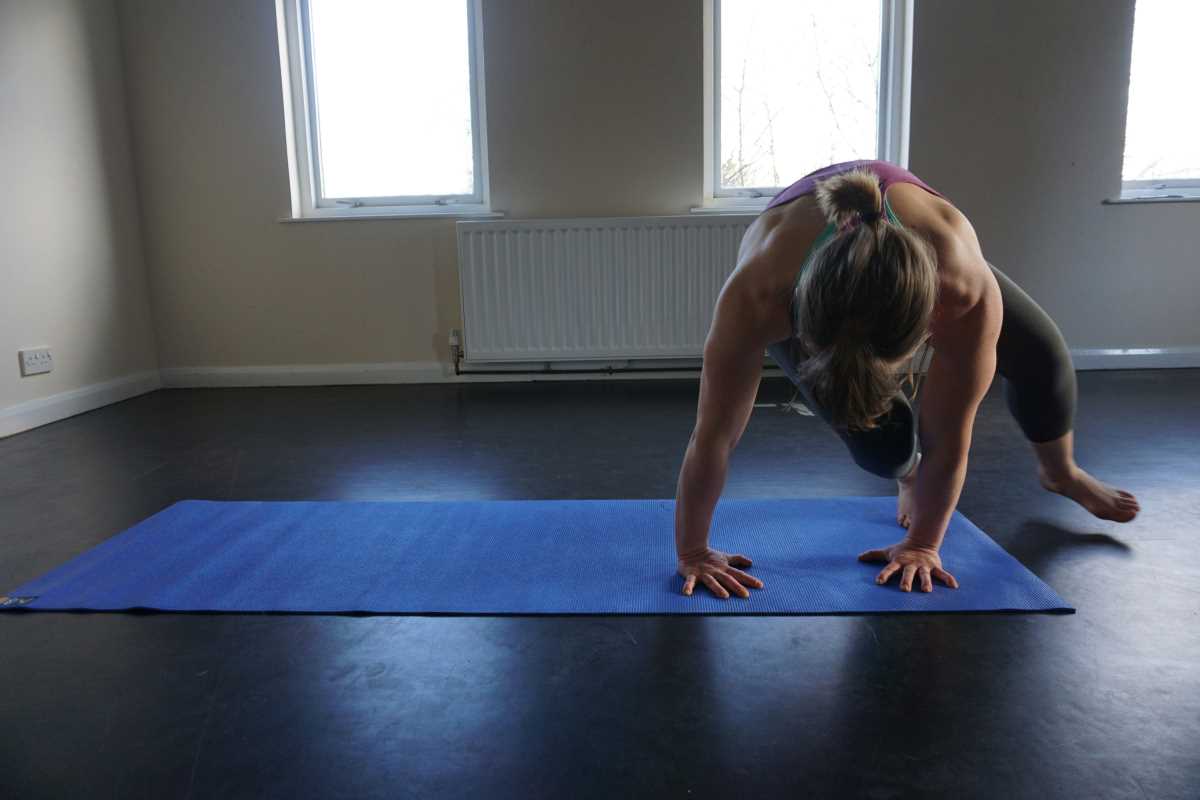Imagine stepping into a warm, soothing bath after a long day, letting the water embrace you and wash away the stresses that have built up. Hydrotherapy at home offers just that—a way to create a personalized bath ritual that relaxes the body and calms the mind. You can transform your bathroom into a sanctuary of peace and tranquility by incorporating simple techniques and thoughtful preparations.
The History and Benefits of Hydrotherapy
- Ancient Origins: Hydrotherapy dates back to ancient civilizations such as the Greeks and Romans, who built elaborate bathhouses to promote health and social interaction.
- Medicinal Uses: Historically, hydrotherapy was used to treat various ailments, from arthritis to depression, by leveraging the therapeutic properties of water.
- Modern Wellness: Today, hydrotherapy is embraced in wellness practices worldwide for its ability to reduce stress, improve circulation, and enhance overall well-being.
- Stress Relief: Immersing in warm water helps lower cortisol levels, the body’s primary stress hormone, promoting relaxation and mental clarity.
- Physical Benefits: Regular hydrotherapy can alleviate muscle tension, improve joint flexibility, and support better sleep patterns.
Setting Up Your Personal Bath Ritual
- Select the Right Space: Choose a quiet area in your bathroom where you can enjoy privacy and minimize interruptions.
- Gather Essential Items: Quality bath salts or Epsom salts for muscle relaxation.
- Essential oils such as lavender or eucalyptus for aromatherapy.
- Candles or soft lighting to create a calming atmosphere.
- A comfortable bath pillow or support for the neck and back.
- Prepare the Bath: Fill the tub with warm water at a comfortable temperature, ensuring it’s neither too hot nor too cold to avoid discomfort.
- Personalize Your Setup: Arrange your essential items within easy reach, setting the stage for an uninterrupted, serene experience.
- Set the Mood: Play gentle music or nature sounds to enhance the relaxing environment.
Techniques to Enhance Relaxation
Creating a deeply relaxing bath experience involves more than just soaking in water. Incorporating various hydrotherapy techniques can significantly enhance stress relief:
- Contrast Bathing: Alternating between hot and cold water can stimulate circulation and invigorate the body. Start with warm water for a few minutes, then switch to cooler water briefly before returning to warmth.
- Epsom Salt Soak: Adding Epsom salts to your bath can help reduce muscle soreness and promote detoxification through magnesium absorption.
- Hydro-Massage: Utilize bath jets or handheld showerheads to direct streams of water onto tense areas, providing a gentle massage that alleviates muscle tightness.
- Floating with Buoyancy Aids: Using bath pillows or foam supports can help distribute your weight evenly, allowing you to float and completely relax without straining your muscles.
Tips for a Sensory Bath Experience
Elevating your bath ritual involves engaging all your senses to create a multi-dimensional relaxation experience:
- Aromatic Elements:
- Use essential oils in a diffuser or directly in the bath to fill the space with calming scents like lavender, chamomile, or sandalwood. Incorporate scented candles that not only add fragrance but also provide soft, flickering light.
- Ambient Music:
- Play soft, instrumental music or nature sounds to create a tranquil auditory backdrop.
- Consider using a waterproof speaker to enjoy your favorite relaxation playlists without worrying about water damage.
- Visual Ambiance:
- Dim the lights or use candles to create a soothing visual environment that helps reduce stress.
- Add decorative elements like flower petals or floating candles to enhance the bath’s aesthetic appeal.
- Tactile Comfort:
- Use plush towels and a cozy bathrobe to wrap yourself in warmth after soaking.
- Incorporate a bath pillow or cushion to support your neck and back, ensuring maximum comfort during your soak.
- Temperature Control:
- Maintain a consistent water temperature that feels comfortable and relaxing.
- Use a bath thermometer to monitor the water temperature, preventing it from becoming too hot or too cold.
Embracing hydrotherapy through a well-crafted bath ritual offers a simple yet effective avenue for stress relief and overall wellness. By understanding its rich history, setting up a personalized space, and incorporating mindful techniques, you can transform your daily bath into a rejuvenating practice that nurtures both body and mind. Take the time to create your own bath experience and discover the profound benefits of hydrotherapy at home.
 (Image via
(Image via





